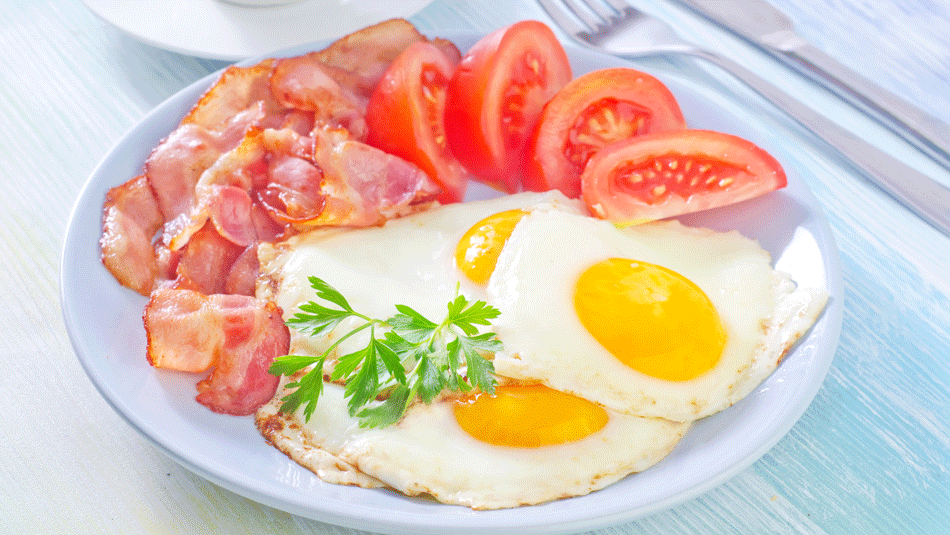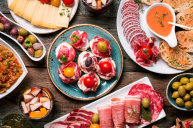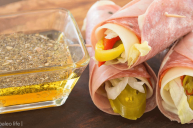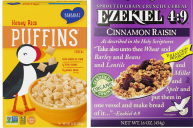If you think you've been hearing a lot about the ketogenic diet, it's because you have. This high-fat diet focuses on consuming low-carb foods to keep your body at a deficit for net carbs, rapidly burning fats. This has led to weight loss and fat loss for many people.
Videos by Wide Open Country
Long-term ketogenic diet food has shown other beneficial health results like lowered blood sugar levels, reversing type 2 diabetes, and reduced risk of heart disease. But what exactly is this diet and what are keto diet foods?
What Is the Keto Diet?
The Ketogenic diet has been practiced since the 1920s, so it's not exactly a new diet. It doesn't require you to count calories, have a crazy exercise regimen, or keep track of what time you last ate. Keto foods focus on high-fat instead of low-fat foods with the idea that all you need to do is change your fuel source. Then, your body will do the rest.
Most of us run on carbohydrates for energy. This means that our total carb count is our body's fuel source. When you limit your carbs, your body has to look to other sources for energy. That's when it starts using fat as fuel instead! So, by going no-carb or beginning an extremely low-carb diet, you force your body to burn fat cells as fuel. The result is weight loss - how great is that!
What Are You Allowed to Eat?
More importantly than what it is, you probably want to know what are keto diet foods! In some ways, it does boil down to an allowable diet food list and a list of things you should avoid. A keto meal plan is fairly easy to build when you learn the list, especially because dairy products like cheese and heavy cream are allowed.
There are a ton of keto recipes out there with a low carb content, similar to the Atkins diet, but follow this basic list of allowed foods on this low-carb with minimal added sugars diet and you'll stay on the right track.
- Healthy Fats. Eat all the healthy fats you like, like olive oil, coconut oil, avocados, grass-fed butter, macadamia nuts, and sunflower seeds. These will keep you feeling full and bursting with energy.
- Non-starchy vegetables. Skip the potatoes and go straight to the leafy greens. Load up on leafy greens, kale, broccoli and other cruciferous vegetables, zucchini, winter squash, sweet potatoes, celery, and asparagus.
- High-Protein foods. You are encouraged to eat meat on the Keto diet because protein intake keeps your body running on positive energy. Choose fish that are a great source of high omega-3 fatty acids like salmon, grass-fed meat, cage-free eggs, organ meats, and poultry.
- Spices, herbs, and citrus. Lemon and lime are really good for keeping your electrolytes up, and they're also great at flavoring your food to make it tasty.
- Pickles and fermented foods. Keep your gut healthy with lots of natural pickles, kimchi, or sauerkraut.
- Water, coffee, or black tea. Drink lots and lots of water! Try to keep your caffeine content in moderation through small amounts, but it's not strictly prohibited.
What Should You Avoid?
Resources will differ slightly on what you can't eat, but here are the most common avoid foods for the keto diet.
- Processed foods. These have all kinds of hidden ingredients, so just skip it. You specifically want to avoid carrageenan (in almond milk), MSG, sulfites, BPA, and wheat gluten. That means some whey proteins, cold cuts like salami, and cured foods like bacon are out. Sorry!
- Sugar and artificial sweeteners. That includes table sugar, agave syrup, and all the fake stuff that isn't good for you anyway. All of this will cause cravings and derail your progress.
- Refined oils. Stay with olive oil, palm oil, and coconut oil and skip the canola, safflower, sunflower, grapeseed, soybean, and vegetable oils. Choose real grass-fed butter over margarine.
- Grains. That means flour as well as oats, white rice, quinoa, millet, sorghum, and sorghum. Use pork rinds as a popular "breading" if you want fried foods.
So what do you think, could you take the keto plunge? If it means I can eat some of these healthy snack recipes, then I'm in!





